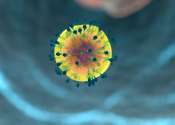New spheres of knowledge on the origin of life
The shape of a cell affects its physical and chemical properties. Different cell types have developed different shapes to enable effective functioning. But what shape were the very first cells, as life began to evolve?









